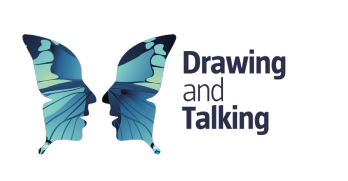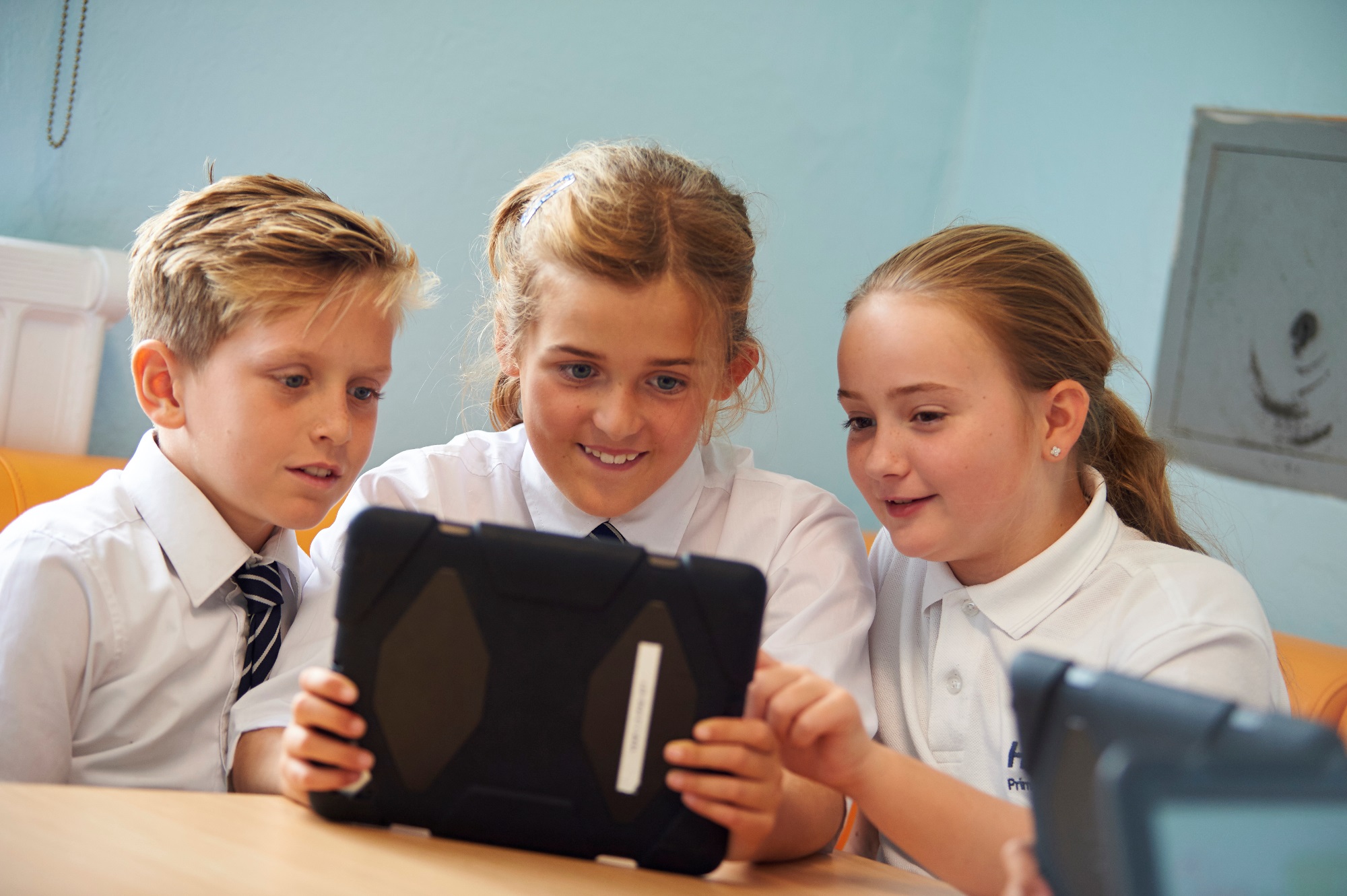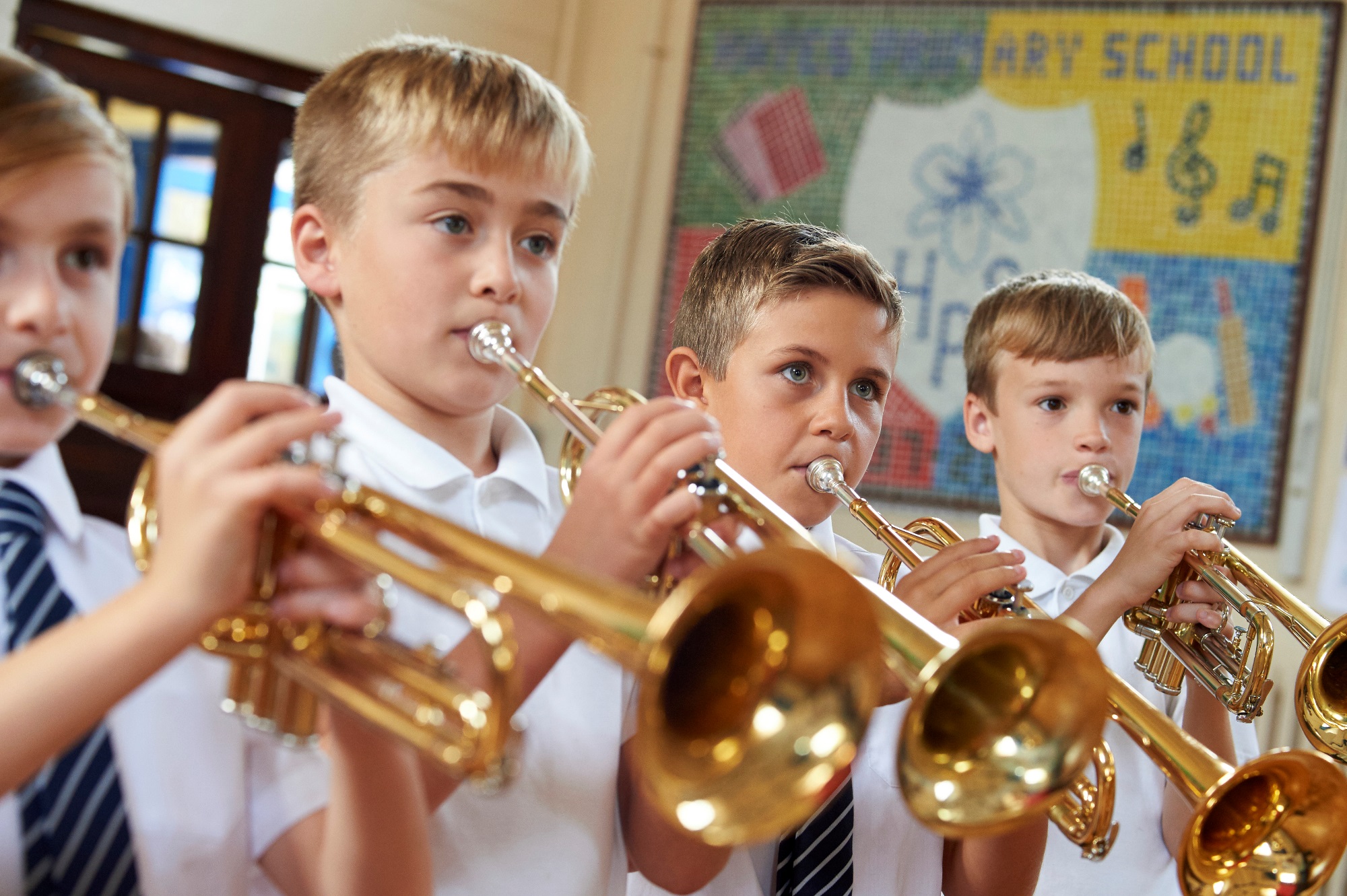Drawing and Talking

Drawing and Talking is a safe and gentle therapeutic approach, which provides an effective way for children to process emotional pain or trauma they may be experiencing.
We are delighted to have a Drawing and Talking Practitioner in school:
Mrs Griffin - Pupil Support Lead
Children can be impacted emotionally by many different events, struggles or traumas. Sometimes they are unable to make sense of how they are feeling and how those feelings are impacting on their happiness and ability to navigate the world. Too often, children and adults feel afraid to admit they need help around their mental health and emotional wellbeing.
We all want all our children to be happy and flourish. If we feel this may be the right intervention for your child, they will work 1:1 with our trained Drawing and Talking practitioner for 30 minutes, once a week, over 12 sessions. Within the sessions, your child will draw anything they choose, and will be encouraged to then talk about their feelings using storytelling language to help them make sense of their internal world.
The technique is intended to allow the child to play, by drawing a picture, and process any emotions they are holding internally in a safe and non-confrontational way, working at their own pace. The sessions remain confidential between the child and the practitioner.
At the end of each session, your child’s picture will be put into their folder and kept safely away until the next session. At the end of all the work (12 sessions), the folder is handed back to your child for them keep as they wish.
Drawing and Talking is not intended to be used as a tool to ‘find out’ what is wrong or why the child behaves the way they do. It is not behaviour modification or used to fix a problem that a child has or is experiencing. Practitioners do not interpret the pictures and do not ask direct questions. The technique should also not be used to replace other specialist services, (such as CAMHS, Psychotherapy, Art or Play therapy) but can be used as an interim tool whilst waiting to be seen by CAMHS or other professionals and can also be used after referral has been completed to complement external agencies.






